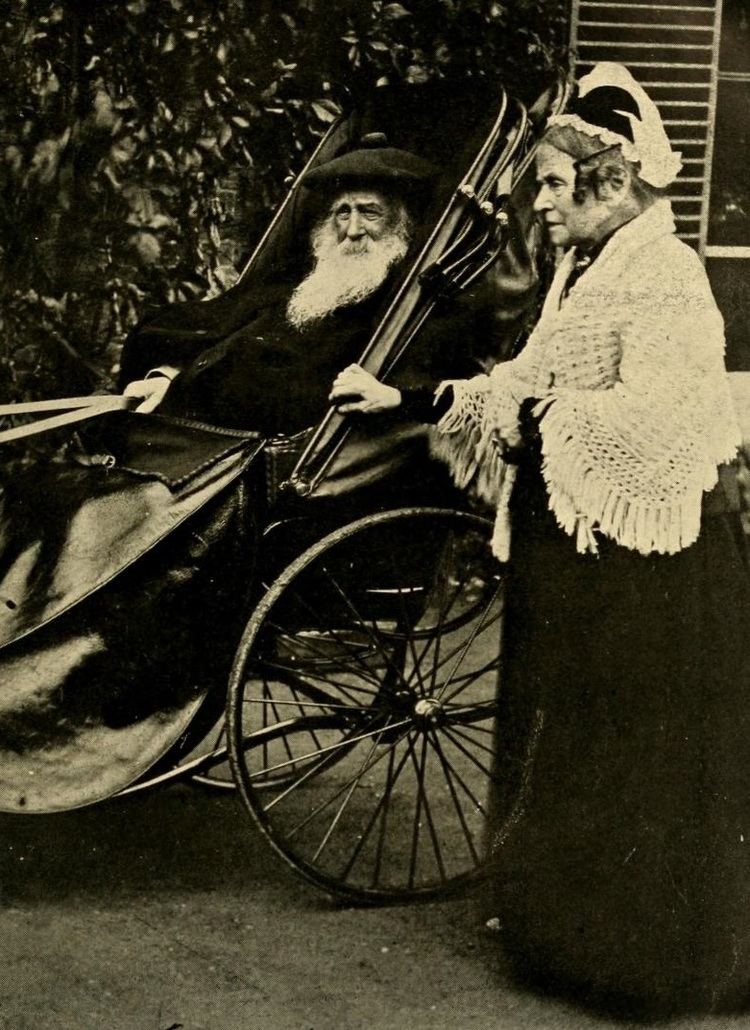Name Newson Garrett Role Former Mayor of Aldeburgh | Died May 4, 1893 | |
 | ||
Previous office Mayor of Aldeburgh (1889–1893) Children Elizabeth Garrett Anderson, Millicent Fawcett, Louisa Garrett Anderson, Alan Anderson Grandchildren Louisa Garrett Anderson, Alan Anderson Similar People | ||
Newson Garrett (31 July 1812 – 4 May 1893) was a maltster instrumental in the revival of the town of Aldeburgh, Suffolk, of which he became mayor at the end of his life. Two of his daughters became famous as women's rights activists.
Life
Born in Leiston in Suffolk, Garrett was the grandson of Richard Garrett, who founded the agricultural machinery works at Leiston, and Elizabeth Newson, after whom he was named. Newson was the youngest of three sons and not academically inclined, although he possessed the family’s entrepreneurial spirit. When he finished school, the small town of Leiston offered little to Newson, so he left for London to make his fortune. There, he fell in love with his brother's sister-in-law, Louisa Dunnell, the daughter of an innkeeper of Suffolk origin. After their wedding, the couple lived in a pawnbroker's shop at 1 Commercial Road, Whitechapel. The Garretts had their first three children in quick succession: Louie, Elizabeth and Newson Dunnell who died at the age of six months. The family moved to 142 Long Acre, where they were to live for 2 years, whilst two more children were born and he moved up in the world, becoming not only the manager of a larger pawnbroker's shop, but also a silversmith. Garrett's grandfather, owner of the family engineering works, Richard Garrett & Sons, had died in 1837, leaving the business to his eldest son, Garrett's uncle. Despite his lack of capital, Newson was determined to be successful and in 1840 he moved his family and devoted wife to the Uplands in Aldeburgh.
In March 1841, he bought the business of Osborne and Fennell, barley and coal merchants at Snape Bridge. The Maltings began to evolve, using the River Alde to transport barley across Britain and into Europe on Thames barges. Within three years of his arrival, Garrett was shipping 17,000 quarters of barley a year from Snape. Much of this barley would have been destined for breweries, where it had first to be malted. Newson saw an opportunity and in 1854 he began malting at Snape, and was soon shipping malt, rather than barley to the breweries.
Newson's malting business expanded and five more children were born, Alice (1842), Millicent (1847), who was to become a leader in the constitutional campaign for women's suffrage, Sam (1850), Josephine (1853) and George (1854). By 1850, Newson was a prosperous businessman and was able to build Alde House, a mansion on a hill behind Aldeburgh.
The success of the maltings established Garrett as an eminent business man. In 1889, he was elected to the position of Mayor of Aldeburgh; fifteen years later his daughter Elizabeth Garrett Anderson became the first woman mayor in the United Kingdom by taking the same post.
He was buried in the parish church of Saint Peter and Saint Paul, Aldeburgh, where there is a commemorative plaque on the wall.
The maltings at Snape Bridge was closed in the 1960s but, through the leadership of the composer Benjamin Britten, was converted into the Snape Maltings Concert Hall, which has become the principal venue for the annual Aldeburgh Festival of Music and the Arts.
